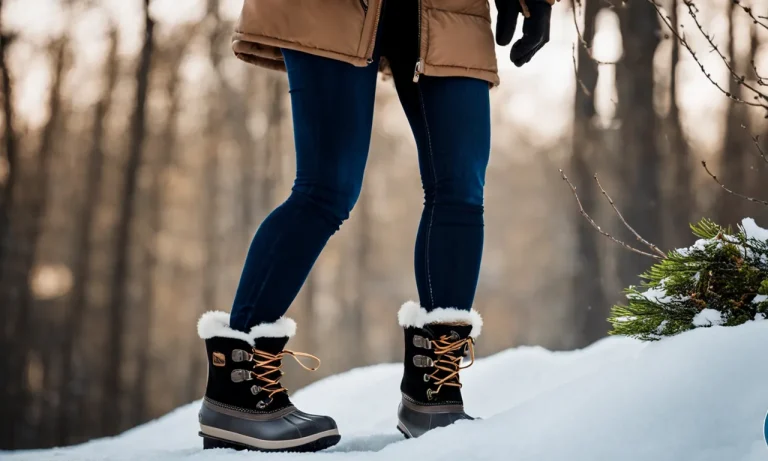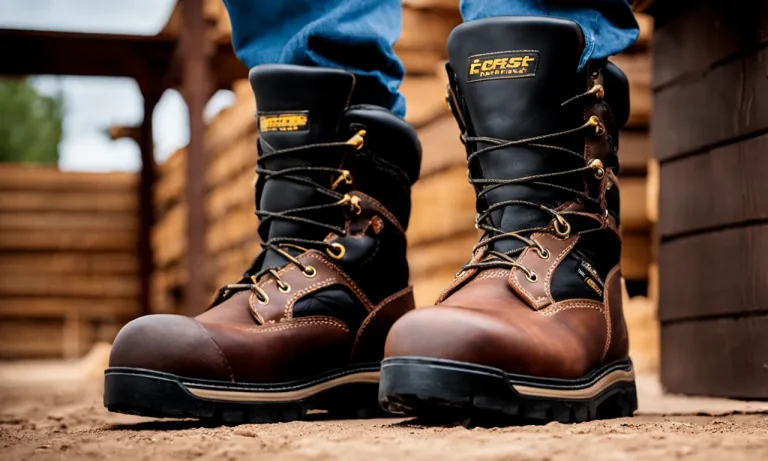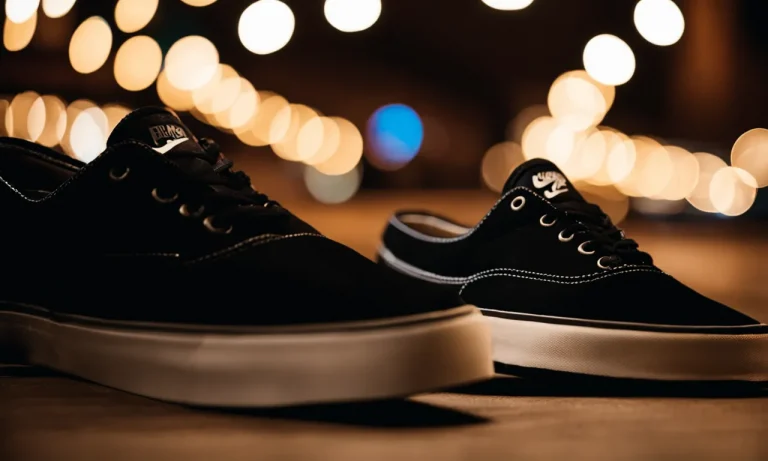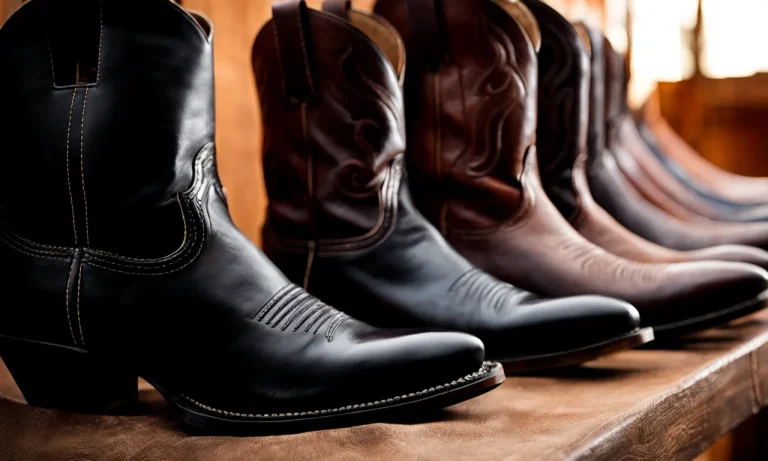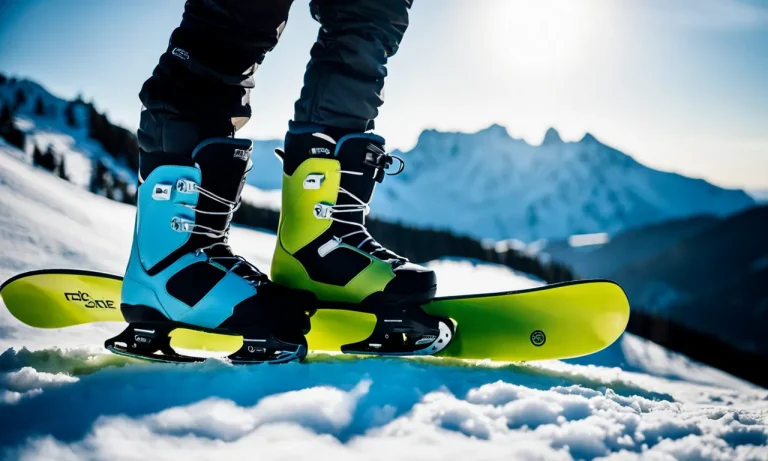If you own or ride horses, you’ve probably wondered whether having them shod causes any pain. After all, nailing metal shoes onto their hooves seems like it could be uncomfortable! In this comprehensive guide, we’ll look at the key considerations around horseshoeing and discomfort.
If you’re short on time, here’s the quick answer: Properly done horseshoeing should not cause serious or lasting pain. However, it may involve brief discomfort as the horse’s hoof is trimmed and shaped prior to shoeing. The horse may also initially feel minor discomfort adjusting to the new shoes.
What Happens During Horseshoeing
Horseshoeing is a common practice in the equine industry to protect a horse’s hooves and promote their overall health. It involves the process of trimming the hoof and fitting and nailing on shoes. Let’s take a closer look at what happens during horseshoeing to understand its impact on horses.
Trimming the Hoof
Trimming the hoof is the first step in the horseshoeing process. It is crucial to maintaining the proper hoof balance and preventing any potential issues. During trimming, a skilled farrier will carefully remove any excess or overgrown parts of the hoof.
This helps to maintain the correct alignment and shape of the hoof, allowing the horse to move comfortably and efficiently.
Trimming the hoof can also address any existing hoof problems such as cracks, flares, or imbalances. By correcting these issues, farriers can prevent further damage and promote healthy hoof growth. It’s important to note that trimming the hoof is not a painful process for the horse.
In fact, many horses find it relaxing and may even doze off during the procedure.
Fitting and Nailing On Shoes
After the hoof is trimmed, the next step in horseshoeing is fitting and nailing on shoes. The purpose of horseshoes is to provide additional support and protection to the hooves, especially for horses that are regularly ridden or worked on hard surfaces.
Farriers carefully select the appropriate size and type of shoe based on the horse’s needs and the specific activities it will be engaged in. The shoe is then shaped and fitted to the hoof, ensuring a proper fit.
The shoe is attached to the hoof using nails or specialized adhesives, depending on the farrier’s preference and the horse’s individual requirements.
Contrary to popular belief, the process of fitting and nailing on shoes is not inherently painful for horses. When done by a skilled farrier, the shoes are applied in a way that does not cause discomfort or harm to the horse.
In fact, many horses show improved comfort and performance after being properly shod.
It’s worth noting that horseshoeing is a skill that requires proper training and knowledge. A skilled farrier will take into consideration the horse’s conformation, gait, and specific needs to ensure the best possible outcome.
Regular maintenance and re-shoeing are also essential to keep a horse’s hooves in optimal condition.
For more information on horseshoeing and its benefits, you can visit https://www.americanfarriers.com/. This website offers valuable resources and insights from experts in the field.
Do Horses Feel Pain During the Process?
One of the primary concerns when it comes to horseshoeing is whether horses feel pain during the process. Let’s take a closer look at two key aspects: hoof trimming and shoe nailing.
Hoof Trimming
During hoof trimming, the farrier carefully trims the horse’s hooves to maintain proper hoof health. This process involves removing excess growth, shaping the hooves, and addressing any issues such as cracks or uneven wear.
While some horses may experience mild discomfort, proper hoof trimming should not cause significant pain. The farrier takes care to avoid sensitive areas, such as the laminae and the sole, which can cause discomfort if trimmed incorrectly.
It’s important to note that horses’ hooves continually grow, and regular hoof trimming is necessary to prevent discomfort and maintain the horse’s overall well-being. By addressing any imbalances or abnormalities, hoof trimming can actually help alleviate pain and promote healthy hoof growth.
Shoe Nailing
Shoe nailing is the process of attaching horseshoes to the horse’s hooves using nails. This step is often a cause for concern as some people worry that it may cause pain or discomfort. However, when done correctly, shoe nailing should not hurt the horse.
The farrier carefully selects the appropriate shoe size and shape for the horse’s hooves, ensuring a proper fit. The nails used to secure the shoes are driven into the hoof wall, which is insensitive tissue. The farrier takes care not to hit sensitive areas, such as the laminae or the sole.
While the horse may feel pressure during the nailing process, it should not cause significant pain.
It’s worth mentioning that horseshoes provide several benefits for horses, including improved traction, protection against wear and tear, and support for certain hoof conditions. Properly fitted and applied horseshoes can enhance a horse’s comfort and performance.
To ensure a horse’s well-being during horseshoeing, it’s crucial to work with a skilled and experienced farrier who understands the anatomy of the hooves and takes the necessary precautions to minimize any potential discomfort.
Regular communication between the owner, farrier, and veterinarian is also essential to address any concerns or issues that may arise.
For more information on horseshoeing and its impact on horse welfare, you can visit the American Farriers Association website, which provides valuable resources and guidelines for farriers and horse owners alike.
Minimizing Discomfort During Shoeing
Work With an Experienced Farrier
When it comes to horseshoeing, it is crucial to work with an experienced and skilled farrier. A knowledgeable farrier understands the anatomy of the horse’s hoof and can ensure the shoe is properly fitted to minimize any discomfort.
They will take the time to assess the horse’s hoof condition and make adjustments as needed to provide a comfortable fit.
Allow the Horse to Habituate
Horses, like humans, need time to adapt to new experiences. It is important to give them time to habituate to the process of being shod. This can be done by gradually introducing them to the tools and sounds associated with horseshoeing.
Patience and calmness during this process can help minimize any stress or discomfort the horse may feel.
Use Appropriate Shoeing Techniques
The use of appropriate shoeing techniques is crucial in minimizing discomfort during horseshoeing. A skilled farrier will trim the horse’s hooves to the correct length and angle before applying the shoe.
They will also ensure that the shoe is properly shaped and fitted to provide adequate support and protection to the hoof. By using proper techniques, the farrier can help prevent any unnecessary pain or discomfort.
Watch for Signs of Discomfort
It is important for horse owners and handlers to be aware of the signs of discomfort during and after horseshoeing. These signs can include lameness, reluctance to walk or trot, or changes in behavior.
If any of these signs are observed, it is crucial to consult with the farrier and veterinarian to address any underlying issues and make necessary adjustments to ensure the horse’s comfort.
Long-Term Effects of Shoeing on Hoof Health
Horseshoeing, when done correctly, can have several long-term benefits for a horse’s hoof health. Let’s explore some of these benefits:
Improved Sole and Frog Pressure
One of the main advantages of horseshoeing is the improved distribution of pressure on the sole and frog of the horse’s hoof. The shoe helps to evenly distribute the weight and reduce the impact on these sensitive areas.
This can prevent soreness and discomfort, especially in horses that engage in demanding activities such as jumping or racing.
Prevention of Hoof Cracks and Chips
Horseshoes can also help prevent hoof cracks and chips, which can be detrimental to a horse’s overall hoof health. The shoe acts as a protective barrier, shielding the hoof from excessive wear and tear. It can also provide support for weak or damaged hooves, allowing them to heal properly.
Regular shoeing can minimize the risk of cracks and chips, ensuring the horse’s hooves remain strong and healthy.
Risks of Improper Shoeing
While proper shoeing can be beneficial, it is important to note that improper shoeing can have negative consequences on a horse’s hoof health. If the shoe is not fitted correctly or if it is left on for too long without maintenance, it can lead to problems such as hoof wall separation, bacterial infections, or lameness.
It is crucial to work with a qualified farrier who understands the anatomy of a horse’s hoof and can provide appropriate shoeing techniques.
Remember, every horse is unique, and what works for one horse may not work for another. It is always best to consult with a professional farrier or veterinarian to determine the most suitable shoeing approach for your horse’s individual needs.
For more information on horseshoeing and hoof health, you can visit reputable websites such as www.americanfarriers.org or www.farrierfocus.com.
Conclusion
While brief discomfort is common during the horseshoeing process itself, proper shoeing promotes long-term hoof health and prevents more serious pain issues. Working with a knowledgeable farrier and monitoring the horse for signs of discomfort can help minimize any pain during and after shoeing.
With proper technique, most horses can be shod without lasting pain or damage to the hooves.

